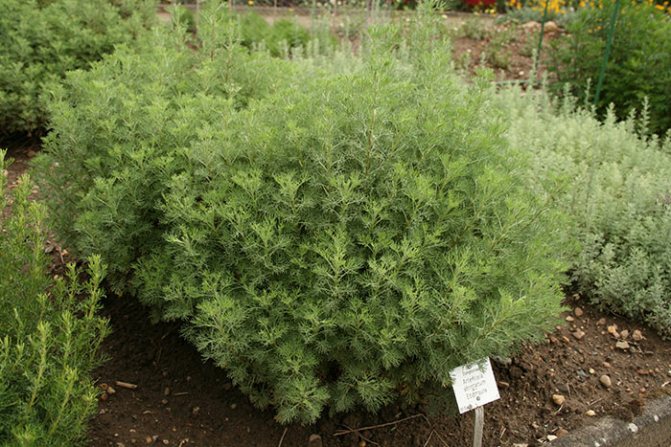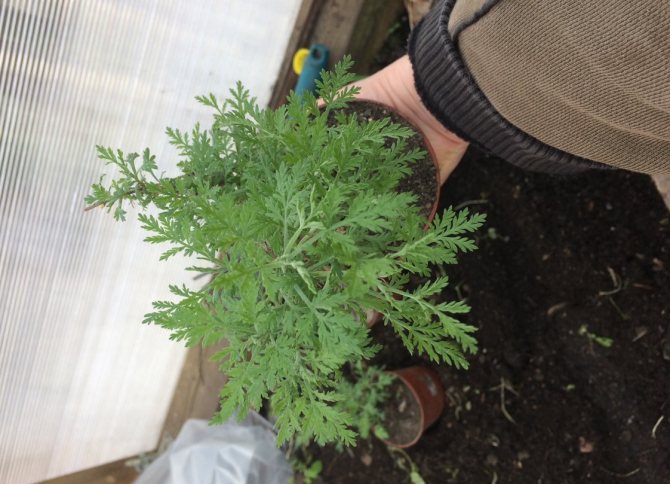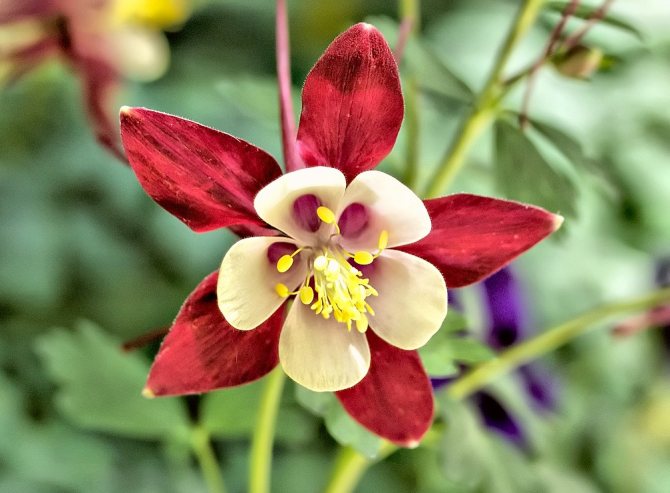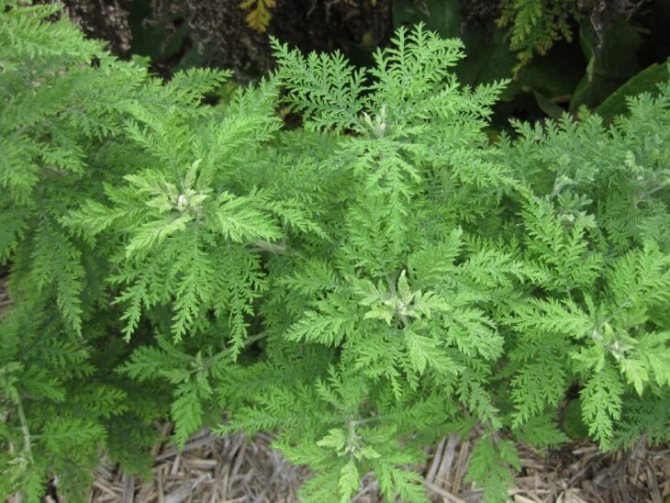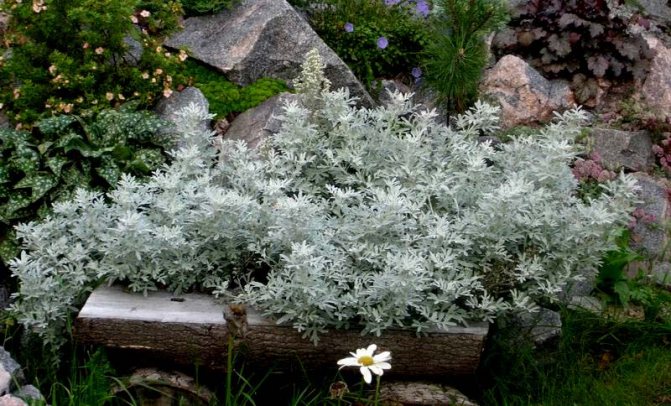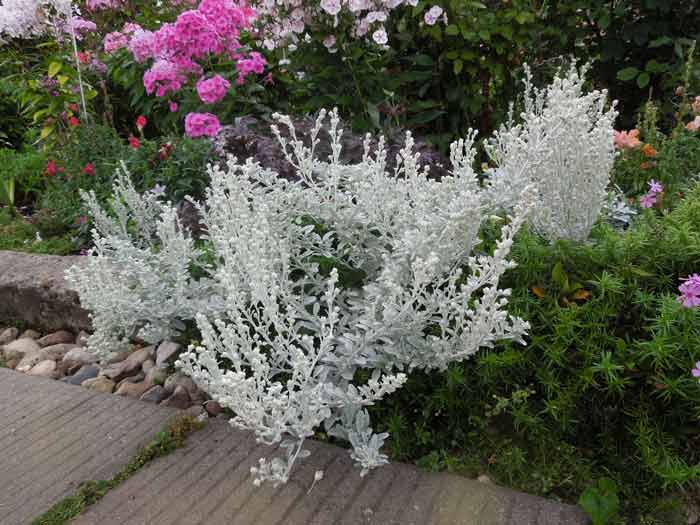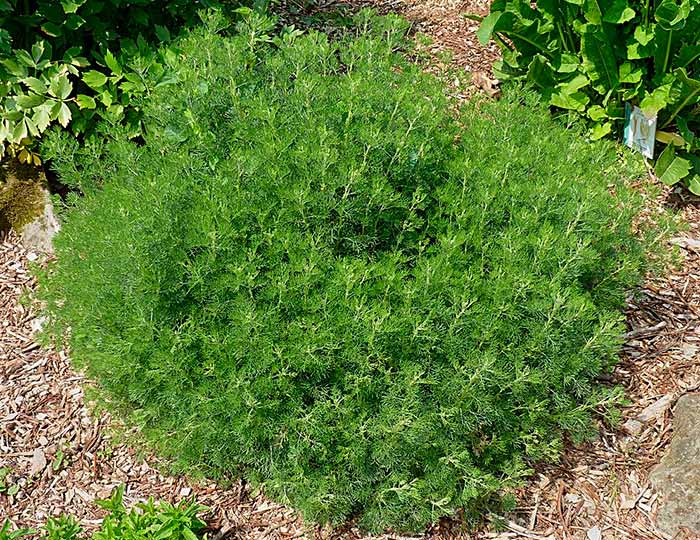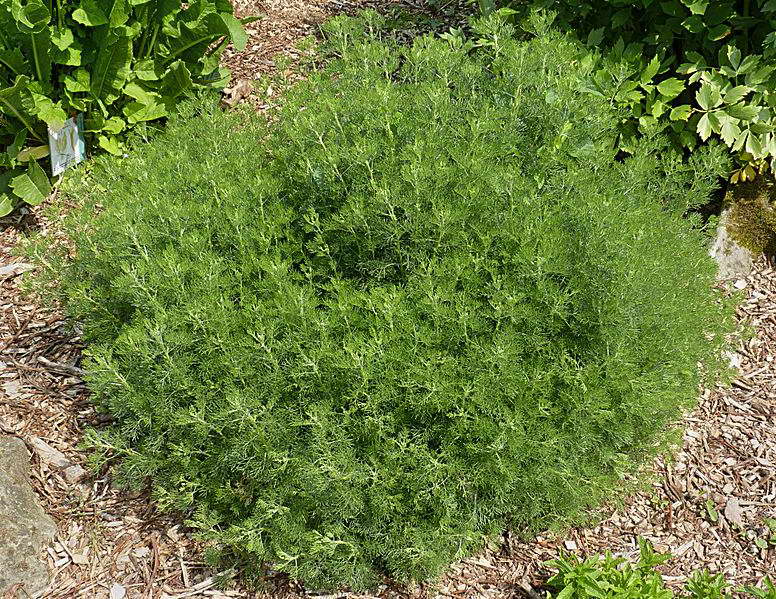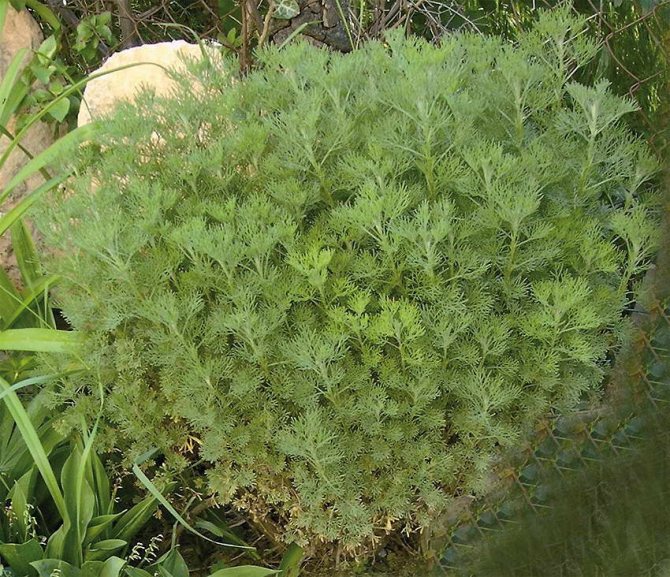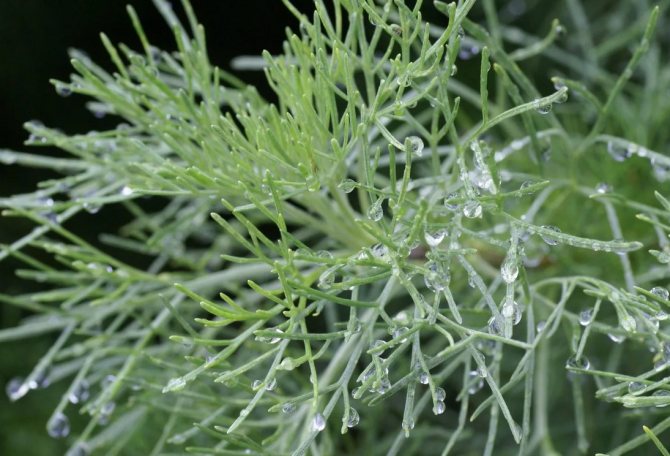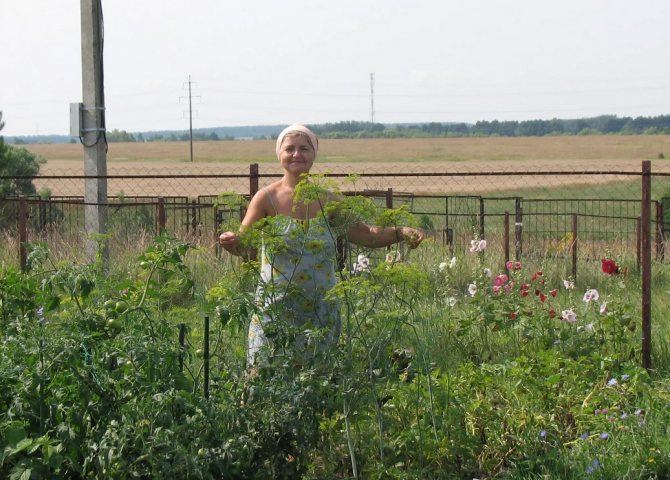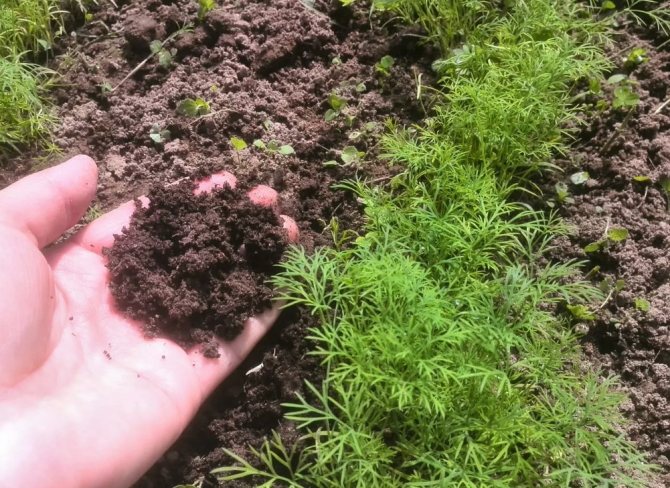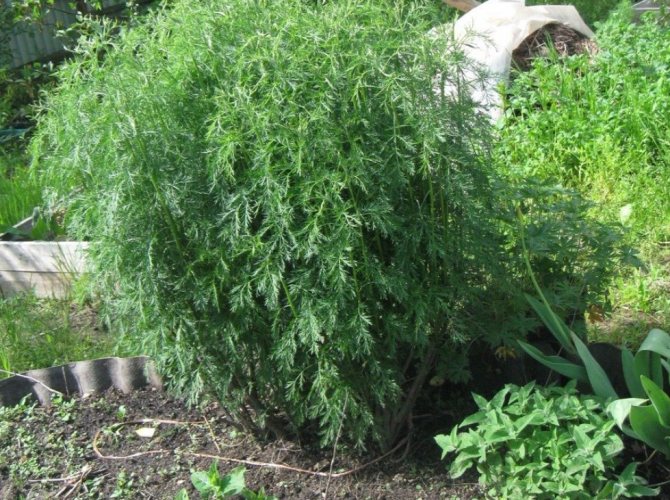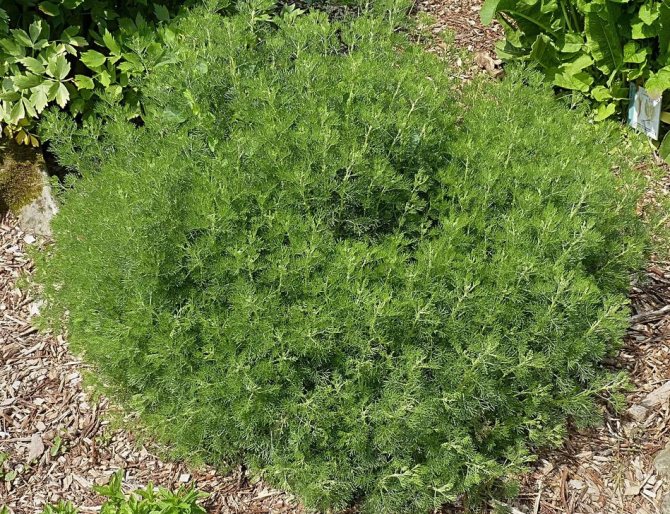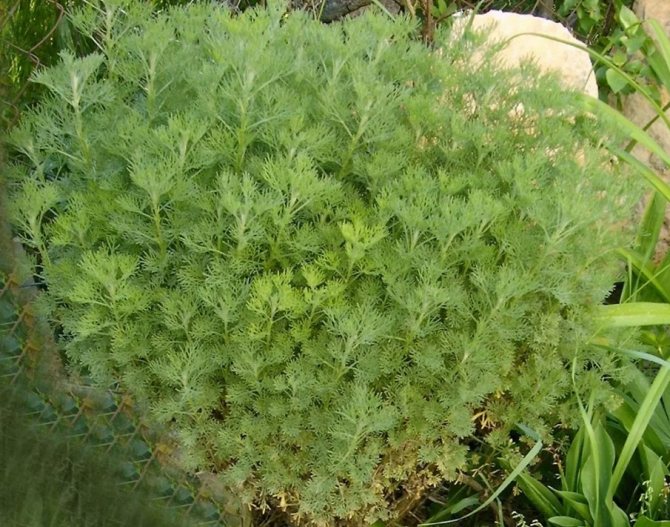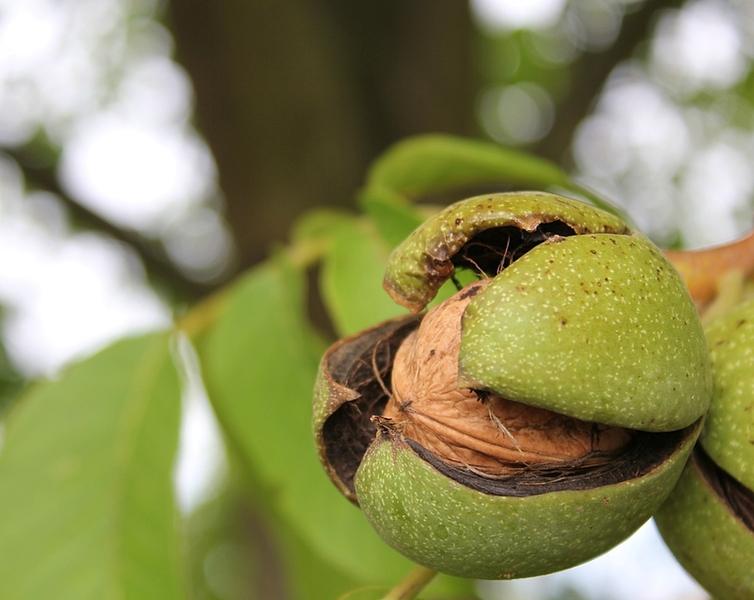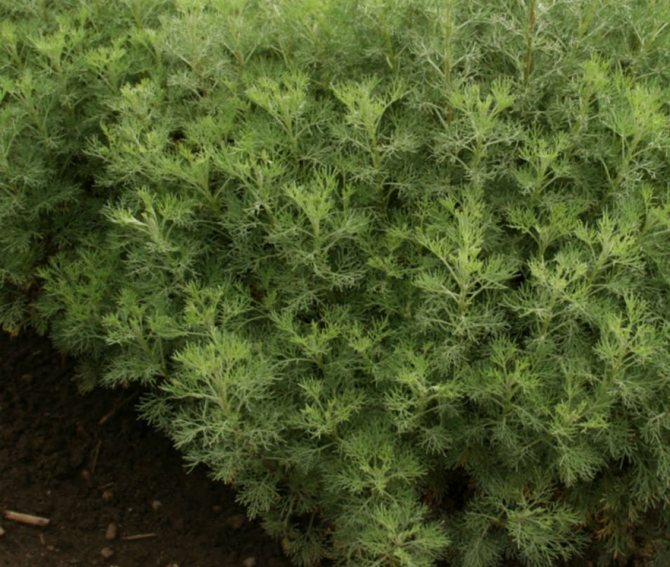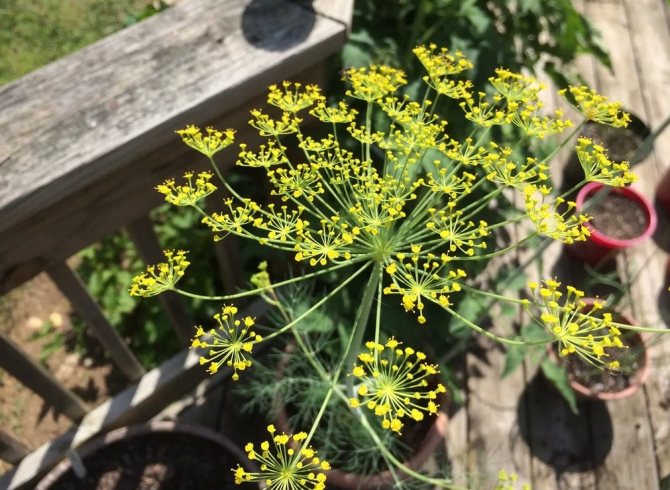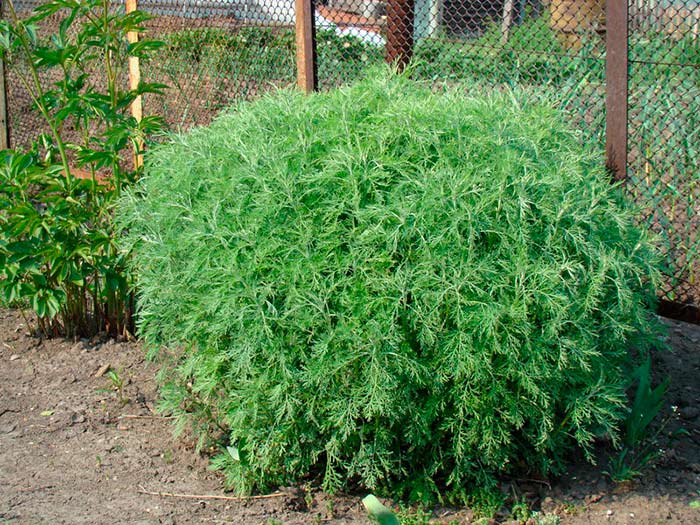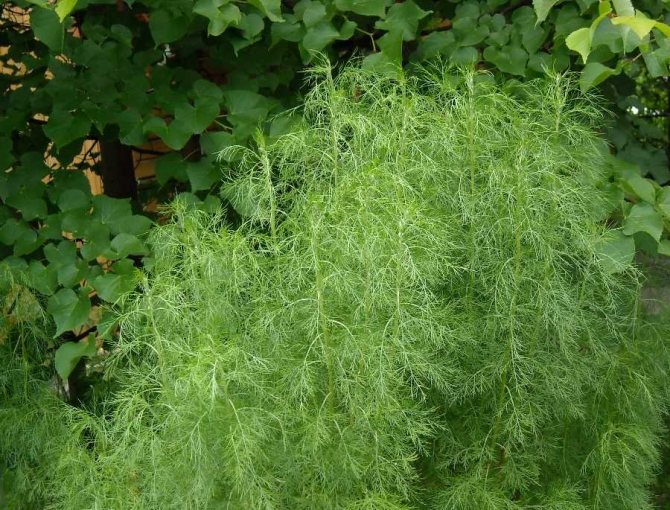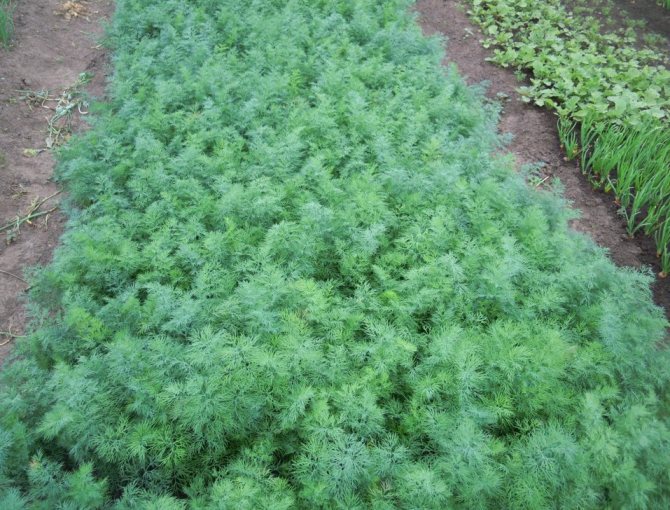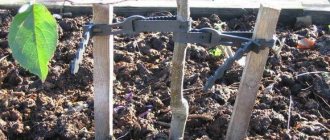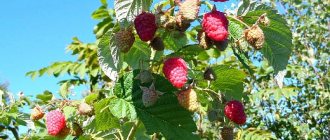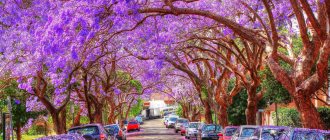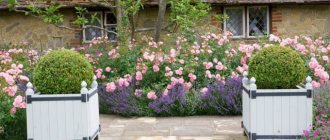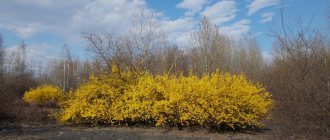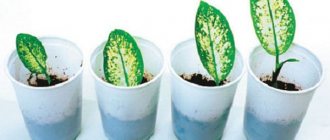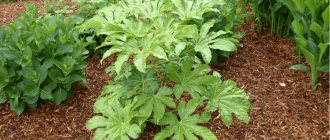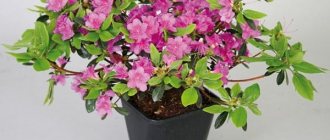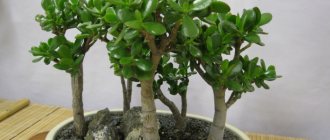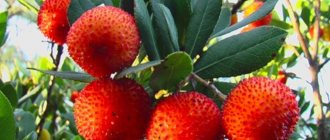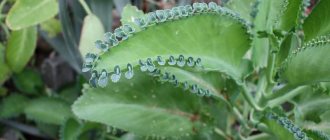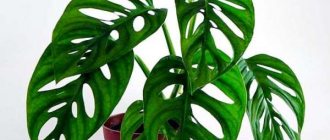God's or dill tree, perhaps, can be included in the list of the most rare perennials in the garden. Botanical name (Artemisia abrotanum) - medicinal wormwood or abrotanum. You can see how the tree of God looks in the photo - it is a half-shrub up to 1.2 m high with silvery, pinnately dissected leaves. The culture is unpretentious, with proper planting and care, it winters in the open field. For decorative purposes, little pruning is required.
Wormwood tree: plant description
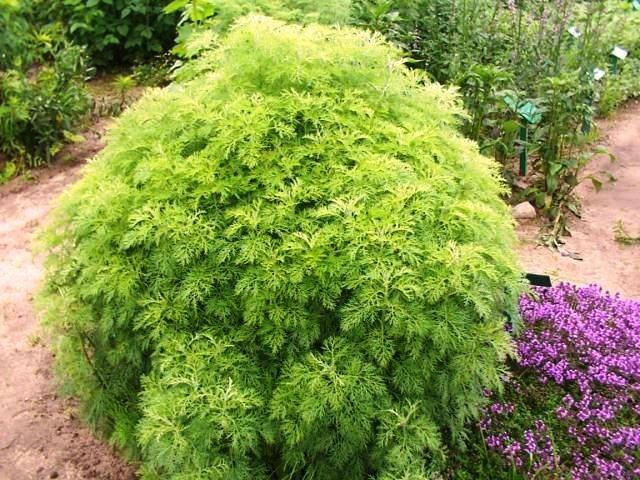
Artemisia arboreal ("God's tree") is a perennial shrub, the height of which can reach 1.5 m. It is thanks to its height that the plant got its name.
The characteristics of the culture are as follows:
- The foliage of the plant is three times pinnately dissected, the stems are straight lignified.
- In summer, when the arboreal wormwood grows, it forms a large and beautiful bush. The color of the leaves is gray-green. The plant is deciduous.
- In late autumn, wormwood sheds its leaves, and in spring all the buds, except for the top ones, come to life and release new leaves. The upper buds, like most dwarf shrubs, do not mature during the growing season and die during the winter.
- New shoots develop from the buds and roots, increasing the size of the bush and making it more attractive. Unlike field varieties of wormwood, arboreal does not spread over the site with underground shoots, so you will not have to constantly fight with it.
- Treelike wormwood blooms in mid-August. The yellow flowers are collected in small inflorescences that look very beautiful against the background of gray-green foliage.
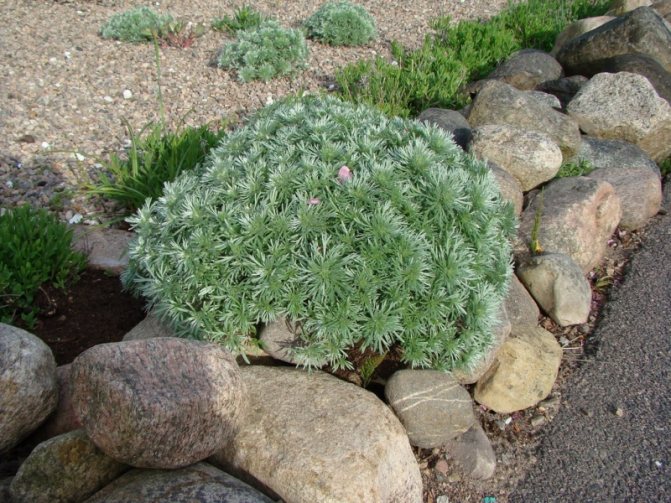

- In addition to its beauty, wormwood is known for its medicinal properties. Even in ancient times, this plant was used to treat many ailments. Infusions of arboreal wormwood are used to treat diseases of the oral cavity, toothache, and pain in the intestines. The sap of the plant is excellent for healing wounds, and compresses from tinctures are used to treat dislocations and bruises.
- It is due to its beneficial properties that the arboreal wormwood is called the "divine tree". Dried twigs of arboreal wormwood are laid out in cupboards and pantries. They not only interrupt the smell of stale laundry, but also protect things from moths.
- In some cuisines, wormwood is used as a spice for making sauces, tinctures and marinades that go very well with meat dishes. By planting a tree-like wormwood on your site, you can get not only a beautiful, but also a useful plant.
You can buy saplings of tree wormwood in a specialized shop for gardeners, or it is possible to buy them "from hand" from summer residents. Next, we will consider how the planting of the plant and the care of the tree wormwood is going on.
God's tree: origin and description
Medicinal wormwood, tall or lemon, grows in the wild in southern Europe, Asia Minor, and North America. Found in southwestern Russia and in the Altai Territory. Prefers wet places, forest edges. Often forms dense thickets along roads and abandoned dwellings.
The shoots of the plant are directed straight up, do not branch. Flowering in mid-latitudes occurs in mid-summer (July, early August). Abrotana inflorescences are formed by small baskets, in the place of which seed pods are tied in the fall.Fruits fully ripen only in the southern regions. Therefore, most often, the dill tree is propagated vegetatively.
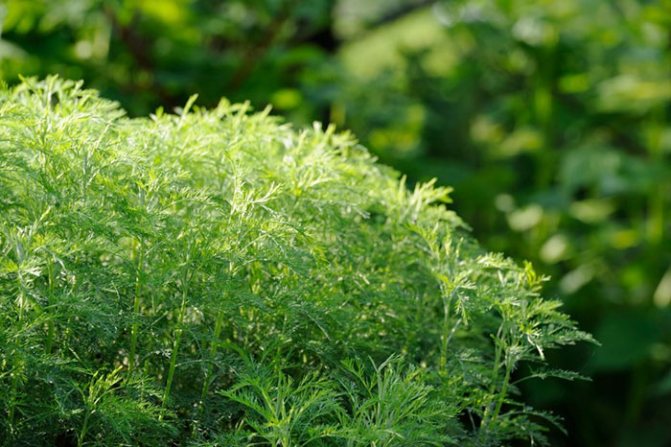

God's tree is a medicinal plant
The first mentions of the plant date back to the 5th century AD. In his botanical writings, this type of wormwood was described by the ancient physician P. Dioscorides. Scientists believe that from this time the active use of medicinal wormwood began in cooking, medicine and for decoration. There are also records of the holy tree in the Ipatiev Chronicle dating back to 1201.
Young shoots of abrotana have a bright dill aroma with an admixture of pine needles and citrus, older ones acquire bitter wormwood notes.
Planting tree wormwood
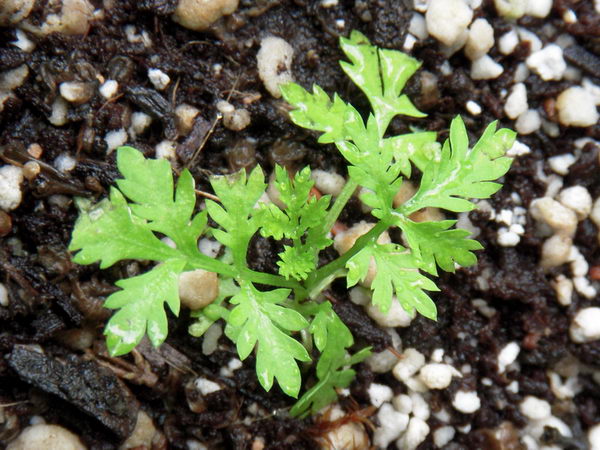

Thus, arboreal wormwood is a perennial plant that can successfully grow in one place for up to ten years. That is why it is worth choosing a certain area for him, so as not to transplant it later:
- Artemisia grows very well in sufficiently illuminated areas. In the shade, plant development slows down.
- To make the culture more decorative, undersized shrubs are planted around the bush. They will cover the less decorative lower part of the tree-like wormwood, and at the same time will not damage it during growth.
- Although the divine tree grows on almost any soil, it is better to give preference to well-drained and roadside soils, which will have a positive effect on the development of the bush.
- Special soil preparation for planting this plant is not required. However, in order to facilitate its growth, in the spring, before planting, a little nitrogen fertilizer can be applied to the plot (15-20 g of nitrate per 1 m2 of the plot).
It is better to plant wormwood seedlings in spring, so it can get stronger before the onset of winter frosts. Before planting, the soil should warm up normally so that the shrub does not freeze. The most optimal period for planting tree-like wormwood can be considered the end of April - beginning of May.
The planting process is not very difficult:
- On the site, holes are dug for planting a plant at a distance of 10-15 cm from each other.
- The seedling is lowered into a shallow hole (15-20 cm will be enough).
- Then the rhizome is buried in earth.
- Then the plant is watered.
The benefits of abrotana and significant contraindications for admission
Wormwood preparations can have a significant effect on the human body:
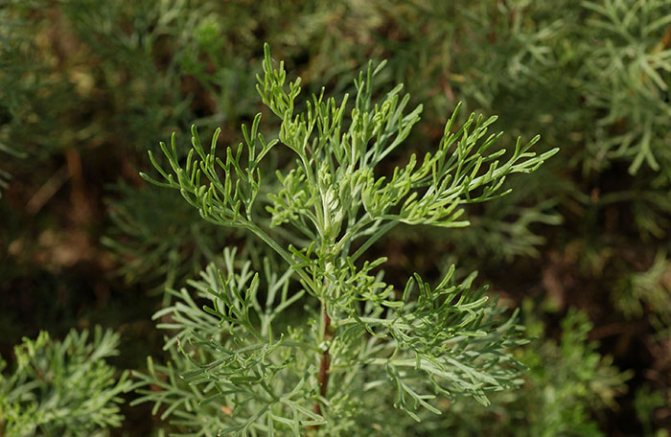

Wormwood products actively affect the human body
- The substances contained in the plant normalize the excretion of bile and increase the production of digestive juices in the stomach.
- The preparations of the god tree are able to relieve spastic pains.
- They have antifungal properties.
- In some cases, they act as an antipyretic agent.
- They help to eliminate inflammation, quickly heal wounds.
- They have a positive effect on the nervous system.
- When used as a cosmetic product, abrotan preparations, due to the presence of tannins, eliminate the unaesthetic shine and "force" the sebaceous glands to work normally.
Separately, we can say about the benefits of the tree of God for the female body:
- The plant is able to stop heavy bleeding during menstruation.
- Relieves pain symptoms with monthly bleeding.
- Wormwood preparations normalize the state of the body in the climacteric period.
- This herb is used as an adjuvant in the treatment of genital infections in women.
Attention! Before taking wormwood preparations, be sure to consult your doctor.
There are a lot of contraindications to taking God's tree drugs, because the plant has a strong effect on the human body. The main ones are:
- chronic and acute gastrointestinal diseases;
- insufficient amount of hemoglobin in the blood (anemia);
- pregnancy;
- you can not take drugs for children.
Signs that an urgent need to stop taking drugs are nausea, vomiting. These signs indicate an individual intolerance.
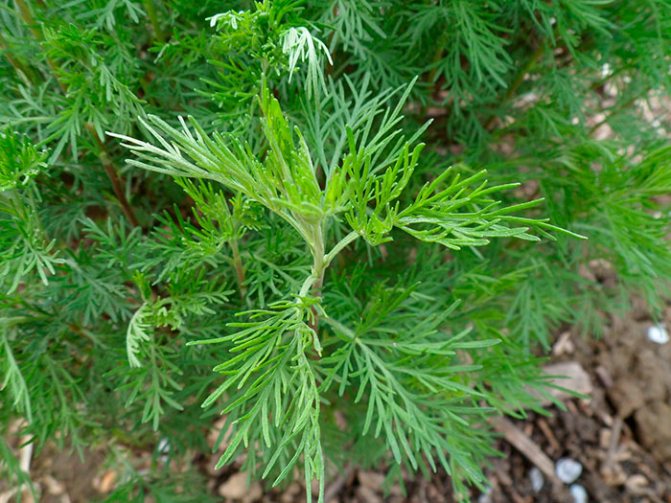

Before starting treatment with wormwood products, be sure to consult with a specialist.
Wormwood tree care
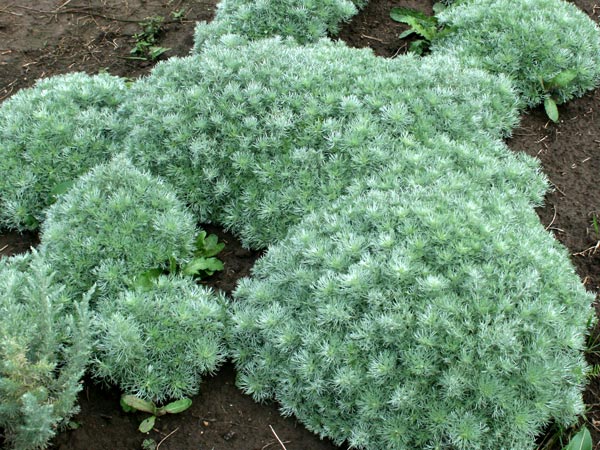

Arboreal wormwood is one of the few ornamental shrubs that does not require much maintenance. It grows well even in the absence of normal watering. The whole care process consists of the following activities:
- Timely and moderate watering. Although the plant tolerates the lack of watering, it is advisable to do it regularly. However, you cannot overdo it with the amount of moisture. Excessive watering can harm the plant.
- Loosening the soil around the bush. After the moisture is absorbed and the topsoil dries up, it is necessary to loosen the soil while removing weeds. This will allow moisture to stay in the soil longer.
- Pruning a bush. It is carried out both for decorative and prophylactic purposes. For preventive purposes, pruning of the bush is carried out in early spring. At this time, shoots that have not survived the winter are removed. Arboreal wormwood lends itself very well to molding. Therefore, with the help of a pruner, you can make a real work of garden art from it.
- Shrubs of arboreal wormwood do not need winter shelter. The plant can withstand short-term frosts down to -25⁰С. Even in the case of freezing of some shoots, the bush is completely restored in the spring. The only time when it makes sense to dig up a bush and plant it in a pot until spring is when it is finished molding. Dead shoots can ruin the shape of the bush, and it will have to be cut again.
- Pruning a plant is not a tricky business, and even a novice gardener can handle it. Growing shoots begin to cut off when their length reaches 60 cm. Basically, they form a bush in the form of a ball. Due to the gray-green color of the leaves of the tree-like wormwood, such a ball will look very beautiful on a flower bed.
- After the first cut, the shoots begin to grow more evenly, so that he may not need constant pruning. A trimmed plant is often used in a flower bed as a "tapeworm".
Birth story
The dill tree has nothing to do with dill and is called Artemisia abrotanum. This is one of the types of wormwood - medicinal. The comparison with dill was due to the carved leaves and their aroma.
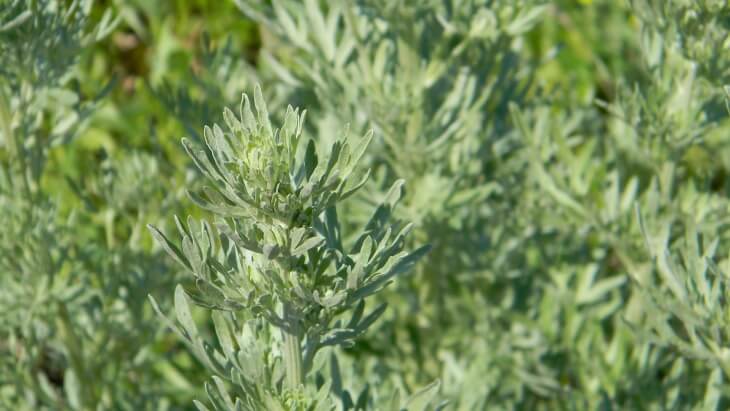

Dill tree
This smell is so complex that each person finds his own shade in it. This is lemon, and dill, and pine needles, and lavender.
This plant comes from southern countries. It has long been cultivated in the gardens of monasteries and high society as a medicinal plant and spice. Its repeated mention in ancient medical treatises speaks of the exclusiveness of its properties. Many diseases have been cured with preparations based on this tree:
- Poisonous insect or snake bites
- Feverish states
- Epilepsy
- Infectious diseases
- Insomnia
- Chronic fatigue
- Recovery from a long illness
Not all aspects of the effect of this wonderful plant have been studied yet. Each person finds something new for himself.
Reproduction of tree wormwood
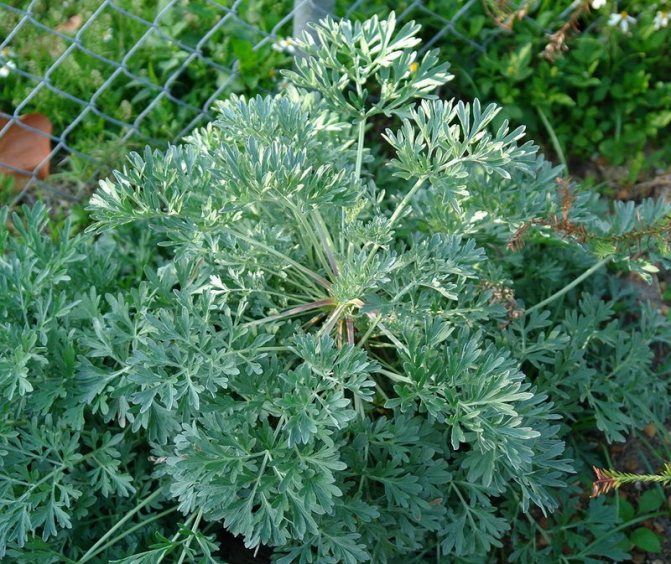

Reproduction of tree-like wormwood is carried out in three ways:
- Seeds. It makes sense to sow shrub seeds in open ground only in the southern regions. Otherwise, they risk not climbing. Therefore, seedlings are most often grown from seeds with an eye to spring. Seeds are carefully selected and soaked in a nutrient solution for a day. You can buy it at any flower shop. The seeds are then dried and planted in small pots. For them, you can use special soil, or a mixture of peat and fertile soil. Seeds are planted to a depth of 2-3 cm, watered with a small amount of water and covered with foil. As soon as the seedling emerges from the ground, the film can be removed and the pot placed on the windowsill.After a month and a half, when persistent warm weather sets in the street, the seedling is transplanted into a flower bed. It is worth noting that tree wormwood is propagated in this way only in nurseries. At home, it is better to use a vegetative propagation method - cuttings.
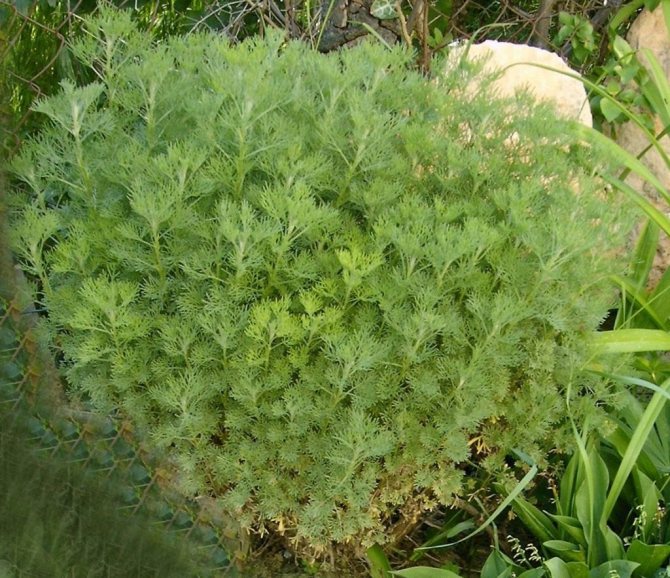

- Cuttings. This method is simpler and gives better results than reproduction in shifts. Cuttings from woody shoots are cut in early spring. It is necessary to choose the strongest and most developed shoot. The stalk is cut with a sharp knife so as not to damage it. Then the cut point is dipped into the solution for better rooting and placed in a container with sand. After that, water a little and cover the container with a glass jar. As a rule, the rooting of a plant takes place within a month, after which it can be safely planted in open ground.
- Delenki. Another fairly simple way to propagate tree wormwood. It consists in dividing the bush into several parts. The operation is performed in the spring. To do this, you need to carefully dig out the formed bush so as not to damage the roots. The latter are examined for the presence of dried or dead rhizomes. If such are found, they are simply removed. Then the bush is divided in such a way that each delenka has its own formed root system. The roots are dissected with a sharp knife. After that, the delenki are planted in a permanent place.
Abrotana in landscape design
God's tree is not only a useful culture, but also an incredibly decorative culture. In the garden, lush bushes of medicinal wormwood are planted in flower beds. A fast-growing crop is used as a living fence of the site and as a curb along paths and alleys. The pungent smell will scare away pests, and the silvery foliage will "dilute" flower plantations.
Abrotane is combined with other perennials. Tall plants will protect the thermophilic wormwood from the wind, as long as there is no excessive shading of the dill tree. Spherical bushes of medicinal wormwood will look worthy next to flowering ones:
- rhododendron;
- spirea;
- lilac;
- forsythia;
- hydrangea and roses.
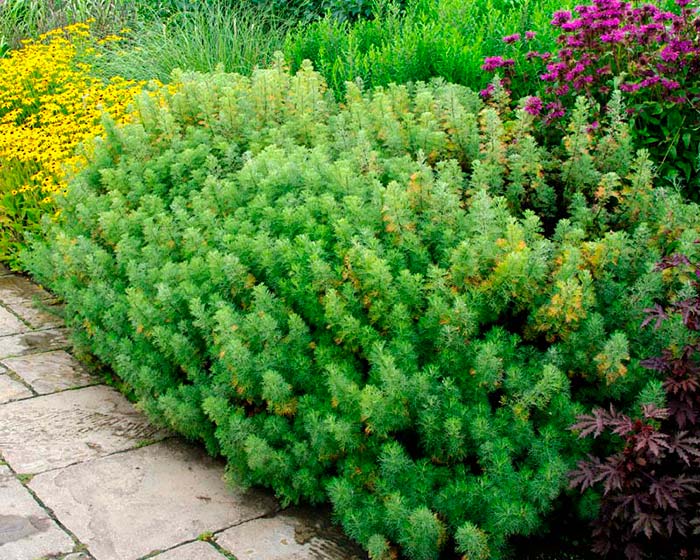

God's tree in landscape design
Several species of different flowering times can be placed nearby. Thus, the composition will always attract attention.
Quite often, gardeners form a god tree in the shape of a cypress, the cone-shaped crown and carved foliage add even more to the plant similarity to southern conifers.
Abrotans are also used for landscaping terraces, open verandas, and balconies. Wormwood is planted in wide flowerpots or containers.
You can also find seeds of the god tree in stores. One month after planting them, you will have young seedlings ready for outdoor conditions. Interestingly, the seeds are able to remain viable for about 70 years after harvest. A dill or god tree is worthy of the attention of any gardener. Perhaps this particular plant is missing in your garden collection.
Artemisia wormwood: diseases and pests
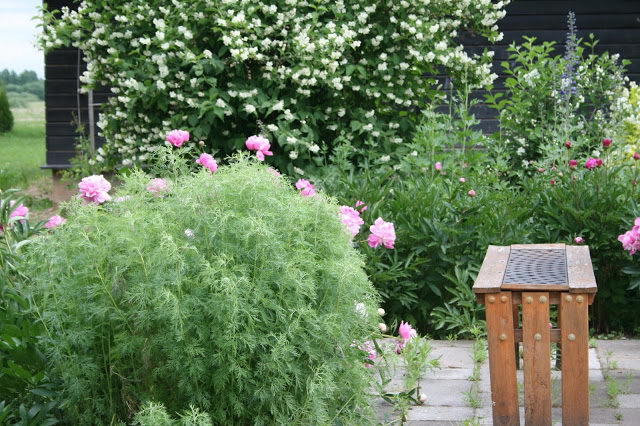

Artemisia is practically not vulnerable to diseases and pests, however, with improper care, the shrub can be infected.
The most common disease in shrubs is various types of rot. They develop due to too high soil moisture. The reason for this may be too rainy summer or improper abundant watering. A rotten plant can be seen by the withering shoots. They fight various types of rot with the help of special preparations that spray or water the plant:
- Trichodermin. For spraying, prepare a solution of the drug (5g / 1l of water).
- Baikal EM-1. A solution of this drug is poured over the soil around the plant. The solution is prepared in a proportion of 10 ml / 1 liter of water.
- Maxim. Dilute 1 ampoule per liter of water. Water under one plant no more than 100 ml of solution.The diluted solution should not be stored for more than a day. You can also spray it on shrubs.
- Alinin - B. Excellent helps with various types of rot. Available in tablets. For watering, a solution is used in a proportion of 2 tablets per 10 liters. water. For spraying - 1 tablet per 1 liter of water. Processing is carried out three times with an interval of 6-7 days.
If the treatment does not bear fruit, the diseased plant must be removed and must be burned. A piece of land affected by rot is treated with drugs.
Due to its specific smell and taste, wormwood bushes bypass pests.
Dill tree in folk medicine and cooking
The leaves and stems of abrotanum contain:
- Essential oil.
- Bitterness.
- Abrotanine alkaloid.
Due to this composition, the plant is widely used for medicinal purposes. Homeopathic doctors prepare essences that relieve some skin diseases, anemia. Antiseptic, hemostatic and analgesic effects have been proven.
Dry powder from the aboveground part of the divine tree is applied to abscesses, bruises, dislocations. In case of inflammation of the oral cavity and toothache, use a tincture for rinsing. On the basis of rhizomes - make powders against epileptic seizures, tuberculous meningitis.
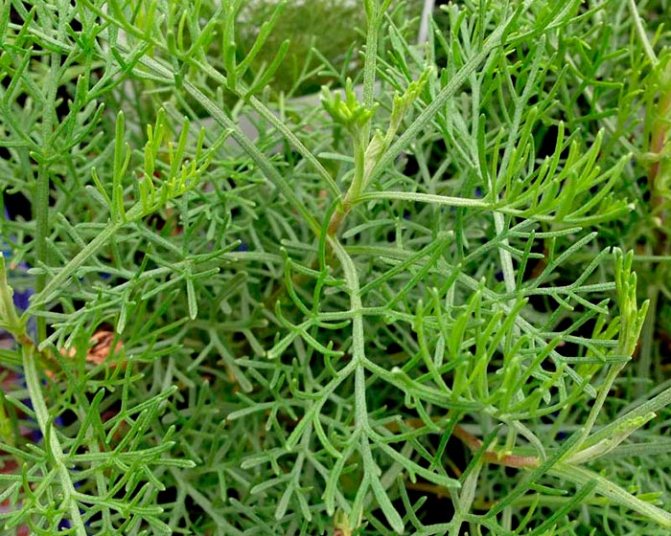

The branches of the divine tree are used in cooking
Medicinal wormwood is used not only in medicine. It is also a natural air freshener. The cut branches are dried and hung indoors. In addition, the green young growth of abrotan is an original spice for meat and fish dishes. Culinary experts used it to flavor sauces, broths, vinegar, added to baked goods and liqueurs.
Advice. Dill tree branches are used in bath brooms.
For medicinal purposes, harvesting is carried out before the flowering of wormwood. Cut off soft twigs, which are dried in a dry and dark place. Store in tightly closed containers.
Wormwood tree: photo
Tall species of decorative wormwood
Wormwood
It is the most bitter plant.
With bitter wormwood, the most unpretentious herbs grow poorly or do not grow at all, and as for garden plants and vegetables, this neighborhood is by no means good for them.
This wormwood secretes phytoncide, which has a depressing effect on neighboring plants. Bitter wormwood is well recognizable and decorative, in spite of the small flowers collected in low-expressive panicles.
But the white-green silky foliage looks beautiful. In the garden, wormwood loves open places, but it is best to plant it away from dahlias, carnations, and legumes.
The bushes of this wormwood are pleasant to perceive, smell great, especially in sunny weather. Wormwood blooms in July.
Wormwood louisiana
Herbaceous perennial plant with stems about 1 m long. Forms wide thickets. In summer, brownish flowers appear, each of which is less than 1 cm in diameter, they have no decorative value.
The fruit is best removed. Needs a sunny location. Not hardy in the middle lane, you need a cover with spruce branches. Does not tolerate stagnant water.
Wormwood grade "Zhanlim"
Perennial plant, frost-resistant.
The variety is interesting for its yellowish-green, dissected leaves. The coloring is kept until late autumn. When rubbed, foliage diffuses aroma. Small white flowers that appear at the ends of the stems in the summer season have no decorative value.
Wormwood grows best on moderately fertile soils on dry soils in full sun. Good drainage is essential. Dampness causes the variety "Zhanlim" to rot. The multicolored yellow-green leaves contrasts beautifully with other flowers in the gardens.
Features of growing a plant
Like any wormwood, the god tree is unpretentious.His homeland, sultry Asia Minor, brought up stability in him, the ability to be content with the poorest soils. At the same time, the plant is moisture-loving and very responsive to abundant watering on hot days.
Due to its aroma, beauty and healing properties, the god tree first became an inhabitant of pharmaceutical gardens, flower gardens, and personal plots, and then it went wild, inhabiting roadsides, forest edges and floodplains of the European part of Russia, the North Caucasus, Altai, Western Siberia.
How easily the divine tree adapted to new conditions, becoming part of the natural flora of the Middle Lane, speaks for itself. The plant practically does not need the attention of a grower - it is enough to give it a little soil, a lot of water and a lot of light, so that year after year you can admire the fresh openwork greenery and use it as a medicine and spice.
Growing rules in your garden
Ornamental wormwood is considered a rather unpretentious plant and feels fine in light soils in well-lit places. However, it will die very quickly in clay soil. In the spring, you need to choose a planting site, carefully dig it up and mix the soil with compost or other organic matter and sand. The plant can be planted immediately afterwards.
In order for the bush not to grow like a weed in the garden, it is necessary to limit the development of its rhizome. To do this, when landing in the ground, you need to dig in 30 centimeters of the curb tape. Another option is to grow the plant in separate containers or pots.
If you overdo it with watering, then you can influence the abundance of pubescence, and then the plant will lose its decorative effect. That is why it is necessary to water it only during prolonged drought; it is not worth sprinkling the foliage with water at all.
The plant can be affected by a disease called powdery mildew. This usually occurs during prolonged rainy weather. A special drug, a fungicide, will help to cope with the disease.
During the flowering period of the bush, it is imperative to remove all inflorescences, because the formation of ovaries will lead to the dispersion of seeds throughout the site.
Choosing a landing site
The plant is extremely unpretentious in care
A comfortable place is practically the only requirement of the divine tree. Since the life span of a plant is 7-10 years, it is necessary to carefully consider the choice of a site for planting it.
Lighting and wind protection
God's tree is very light-loving, the more sun it gets, the brighter and more magnificent its greenery will be. Only in direct sunlight will it be able to absorb essential oils to please the owner with a strong, but at the same time delicate aroma of young tender leaves. Shading adversely affects the condition of the plant: it stretches, weakens, grows slowly and branches reluctantly.
For all its unpretentiousness, God's tree is afraid of drafts... In addition, heavy, branchy stems at the base lignify and become rather fragile, so a strong wind can knock down the stems, or, over and over again slightly breaking them, deprive the bush of an attractive dense shape, making it loose and unkempt. Therefore, it is better to plant a plant along the walls of buildings or hedges.
Soil requirements for planting
Stony, clayey, sandy or just very poor soil - all this is not scary for the divine tree. It does not tolerate only acidified lands: in nature, the soil on which the plant lives has an alkaline reaction... It is advisable that it is not too heavy and waterlogged.
In order for the tree of God to show itself in all its glory, it is still better to ennoble the earth before planting, properly loosening it and adding a small amount of organic and mineral fertilizers.
Excess nitrogen fertilization, especially applied in the fall, shortly before the end of the growing period, can seriously harm the god tree.Not having time to "fall asleep" before the first frost, it will die.
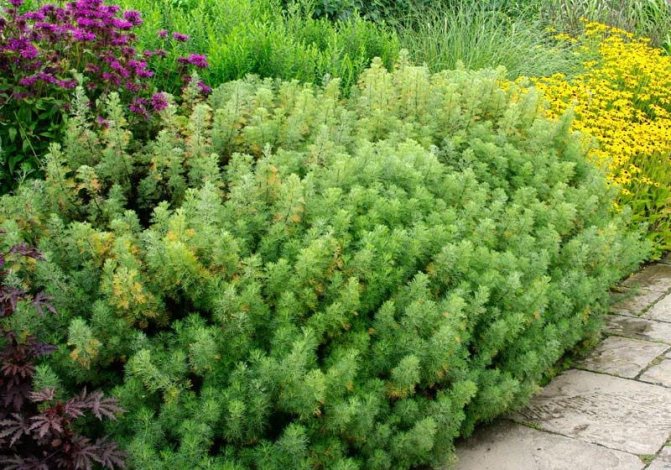

God's tree can grow on any soil, even the poorest.
Sapling planting technology
Young plants obtained by dividing bushes or cuttings are planted in a permanent place no later than August to give them the opportunity to root properly. The interval between them should be at least a meter - otherwise the spreading bushes will interfere with each other's growth. In the first winter, young plants must be covered.
In the first two years they look much more modest than adult plants, but in the third or fourth year they reach their peak.
Decorative wormwood partners
Combines with roses of different shades. Combinations of wormwood with golden or red-leaved forms of plants are spectacular: small-flowered heuchera, Thunberg barberry. Ornamental cereals are also appropriate in these plantings.
It was also used by our ancestors. Strong amulets were made from it against enemies and misfortunes, and with the help of a potion based on wormwood, they caused damage. However, despite this, the plant was also used for economic purposes. From this article you will learn the full characteristics, as well as all about the short and tall plant species.
Using decorative wormwood
Most of the species of wormwood is used as an ornamental-deciduous plant in plantings, Steller's wormwood is used in borders.
In horticulture, wormwood is used because of the silvery openwork foliage, which, together with purple, white and blue flowers, gives the composition an airiness. These plants are decorative all summer long. Tall species of wormwood are planted in flower beds to soften colors.
Wormwood responds well to a haircut, from which you can form compositions of different heights. Decorative wormwood goes well with some plants. You just need to choose the right combinations.
Features of planting and care
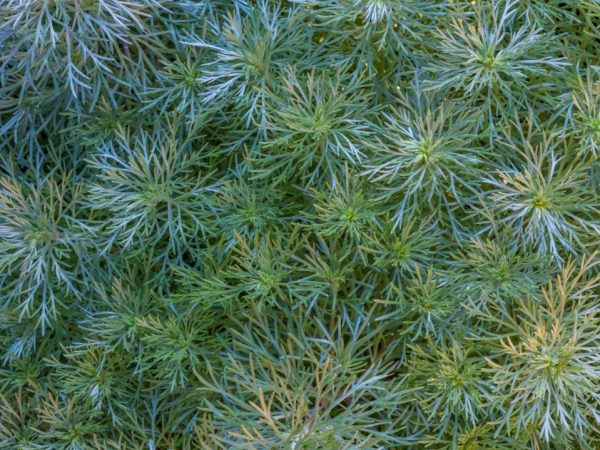

The shrub needs pruning
In the process of planting Schmidt's wormwood, river sand is added to the planting hole, which gives the soil the looseness necessary for the shrub. Additional organic matter provides the plant with better survival rate.
Watering is rarely carried out, mainly in hot dry weather.
With increased soil moisture and frequent watering, Schmidt's wormwood Silver Mound acquires a more saturated green hue and at the same time loses its pubescence, losing its decorative attractiveness.
The wormwood bush grows in an open space with great intensity, so in the process of caring for it, it is worth regularly cutting off the rhizomes. Pruning allows the shrub to form into a compact, fluffy pillow. Limit the growth of the bush in open soil by placing a border tape around the plant or growing in separate pots and containers.
Wormwood shoots are cut in autumn or spring. When the flower stalks cover the entire plant, the flowers are removed.
Attractive features of a charming culture
The people have several names for the decorative wormwood tree, which characterize various features of the culture. It is known as a dill tree or oak herb. And sometimes it is called lemon wormwood. The tree of God has been cultivated since ancient times in Europe as a medicinal plant. However, his homeland is considered to be the eastern part of the Mediterranean and Asia Minor.
In the natural environment, lemon wormwood is found:
- along the banks of rivers and lakes;
- in birch forests;
- near country roads.
Therefore, when growing a wormwood tree at home, it is important to take this fact into account. Despite a special love for moisture, the plant has erect, stiff shoots. They are strewn with many pinnately dissected leaves of light gray or silver color. In the lower part of the plant, they grow together with the petioles.
When wormwood blooms, spherical buds appear that resemble miniature baskets.All of them are collected in loose panicles with a pleasant aroma. In the fall, boxes filled with seeds appear in their place. Unfortunately, they only mature in the southern regions of Europe. Therefore, the plant is mainly propagated vegetatively. An adult culture grows up to 1.2 m in height. The young greenery of the culture exudes a fresh aroma reminiscent of dill with an admixture of citrus and pine needles. Old shoots take on a bitter odor.
Sometimes the divine tree is confused with the panicle wormwood, which propagates only by seeds. In addition, it is considered a two-year culture, while the medicinal wormwood is a perennial.
What types of abrotana are known?
There are a variety of abrotane species in nature. More than half of them are resistant to low temperatures. The European population is familiar with the divine tree - a representative of medicinal varieties.
Due to its therapeutic effect, wormwood is popular with many gardeners.
Treelike varieties are preferred by Mediterranean climates. Border species are mainly bred here.
In the mountainous regions of the southern European region, the Caucasian wormwood grows. Its height does not exceed 30 centimeters.
Tarragon or in another way Tarragon is another subspecies of the dill tree. The shrub is quite tall, its stems sometimes reach a meter mark.
Cold wormwood is a low-growing plant common in the southeast of Russia.
Lactobacillus aborotan is found in China. The length of its shoots is 1.5 meters; small buds of a light shade develop during flowering.
The wormwood variety Louis is widespread in Latin America.
Characteristic
Schmidt's wormwood is a type of wormwood that came from the Far Eastern region of Russia and Japan. A variety called Nana, known as the Silver mound, is used in horticultural culture. It is a small hemispherical semi-shrub with shoots growing in a vertical direction, densely covered with foliage. The leaves of Schmidt Nana's wormwood are thin and narrow silky hairs of bluish or green color with a tint of silver (silvery), they are pinnately dissected, densely pubescent.
The advantage of growing the Schmidt wormwood bush in open soil is its rapid growth, which makes it possible to improve the territory in a short period of time.
Wormwood shoots form a round-shaped bush or a dense curtain, growing up to 0.3 m.
The paniculate inflorescences of Schmidt's wormwood grass are located on erect peduncles, formed by small yellow or light yellow flowers. The flowering period is from August to September.
A short afterword: reviewing the most important information
- Steller's wormwood, like other types of wormwood, is an ornamental, that is, a cultivated weed. It is appreciated for its grayish, whitish leaves, as well as a bitter smell.
- On our plots, varieties such as Maurice Form, Silver Brocade and Silver Brocade are grown.
- This species is propagated by cuttings, dividing the bush (the easiest way), segments of the rhizome. It is believed that wormwood can also be grown from seeds, but this is not an option for amateur gardeners.
- You can plant it on poor soil, in a sunny area. Wormwood tolerates frosts down to -40 degrees.
- As for leaving, Steller needs to be pruned often, sometimes the soil should be loosened. In a rainy summer, it does not even need to be watered.
Did you know that the wild relative of wormwood (wormwood) is also a medicinal plant that is still respected by herbalists and herbalists? What such a herb looks like and in what cases it is worth collecting, the herbalist will tell:

